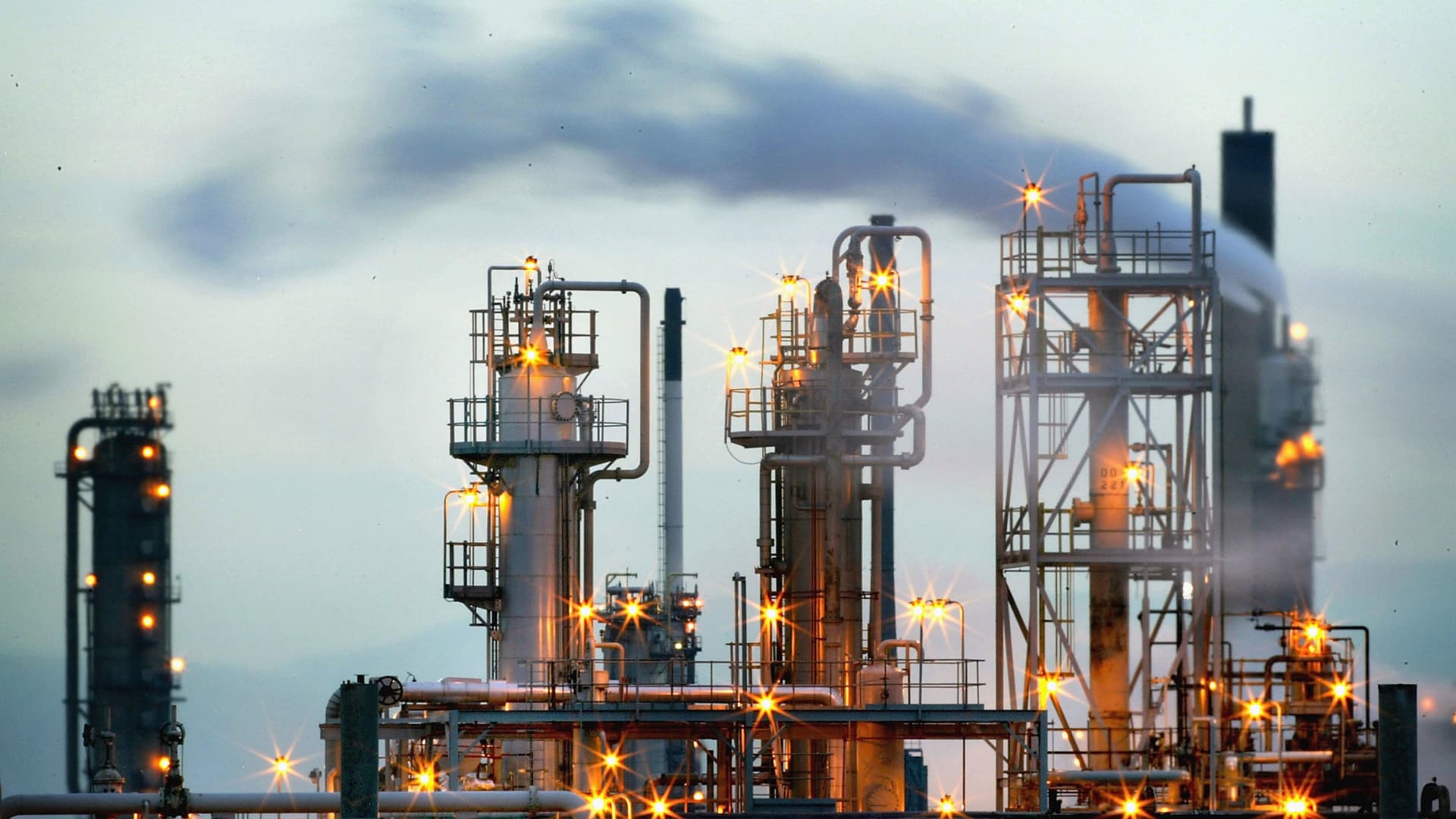Oil prices are set to rise in the second half of the year as supply struggles to meet demand, according to the Secretary General of the International Energy Forum.
Oil demand bounced back to pre-Covid levels quickly, “but supply is having a tougher time in catching up,” said Joseph McMonigle, secretary general of the International Energy Forum, adding that the only factor moderating prices right now is the fear of a looming recession.
“So, for the second half of this year, we’re going to have serious problems with supply keeping up, and as a result, you’re going to see prices respond to that,” McMonigle told CNBC on the sidelines of a meeting of energy ministers from the group of the 20 leading industrial economies (G20) in Goa, India, on Saturday.
McMonigle attributes the push in oil prices to increasing demand from China — the world’s largest importer of crude oil — and India.
“India and China combined will make up 2 million barrels a day of demand pick-up in the second half of this year,” the Secretary General said.
Asked if oil prices could once again spike to $100 a barrel, he noted that prices are already at $80 per barrel and could potentially go higher from here.
“We’re going to see much more steep decreases in inventory, which will be a signal to the market that demand is definitely picking up. So you’re going to see prices respond to that,” McMonigle said.
However, McMonigle is confident that the Organization of the Petroleum Exporting Countries and its allies — collectively known as OPEC+ — will take action and increase supply, if the world eventually succumbs to a “big supply-demand imbalance.”
“They’re being very careful on demand. They want to see evidence that demand is picking up, and will be responsive to changes in the market.”
Brent crude futures with September expiry last settled at $81.07 per barrel on the Friday close, while West Texas Intermediate crude with September delivery ended the trading day at $76.83.
No room for complacency
McMonigle also spoke about the liquified natural gas market, crediting the stability in Europe’s energy market to a warmer-than-expected winter in 2022.
“The weather was probably the luckiest thing to have happened,” he said, but warned that “it’s not just this winter, [but] the next couple of winters” that could be rocky.
Global policymakers cannot turn complacent just because LNG prices have fallen, and more investment in renewable energy is needed to ensure the lights continue to stay on, he said.
Once “whispered” about, energy security has now become the main focus of summits such as the G20, McMonigle signaled.
“We definitely have to keep pursuing the energy transition, and all options have to be on the table,” he highlighted, adding that prices and volatility in the energy markets has to be closely watched.
“I’m worried that if the public starts to connect high prices and volatility in energy markets to climate policies or the energy transition, we’re going to lose public support,” he said.
“We’re going to be asking the public to do a lot of difficult and challenging things in order to enable the energy transition. We need to keep them on board.”
